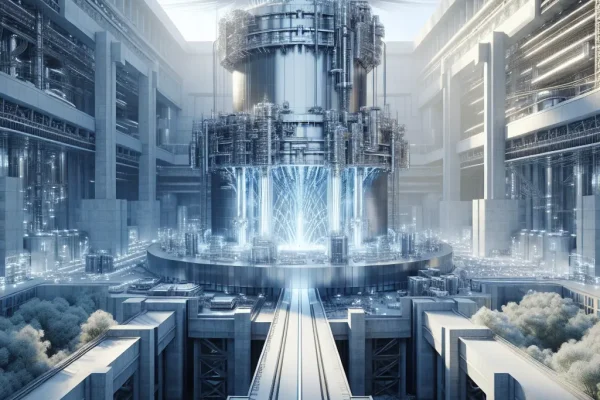What Happened to the Tesla Diner Just Weeks After Launch?
If you caught wind of the Tesla Diner’s grand opening, you probably expected a sleek, innovative dining experience—much like the Tesla cars themselves. But just weeks after revving up, the diner dropped most of its menu options and cut its operating hours. Surprising? Not exactly. This sudden shift seemed to echo the growing pains many niche or brand-driven eateries face.
Digging Into the Reasons Behind the Scaling Back
At first glance, Tesla’s diner concept was bold: capitalize on the brand’s cult following and curiosity factor to draw in crowds. However, this approach also invites some hurdles. Managing a full, diverse menu can be a logistical beast for any new restaurant. Supply chain snags, staffing challenges, and operational costs can quickly pile up. This is a classic case where less is more—a trimmed-down menu often leads to better quality and streamlined service.
Cutting hours might seem like a setback, but it’s actually a strategic move. Operating only during peak times lowers overhead and helps pinpoint the most profitable windows. Given the diner is linked to a tech company known for innovation but also for ambitious projects that sometimes hit bumps, this adjustment is somewhat expected.
What This Tells Us About Brand Extensions in the Food Industry
Brand extensions into food and beverage aren’t new, but they’re notoriously tricky. Tesla’s foray into dining mirrors the experience of other tech giants venturing into physical retail or hospitality. Fan excitement can bring a surge of attention, but sustaining it requires more than just a famous name.
Restaurants live and die by quality, consistency, and customer experience. Even with Tesla’s loyal fanbase, the diner needs to deliver on expectations in taste and service. The scaling back could signal a pivot towards refining these pillars rather than spreading too thin.
A Look at Similar Cases
- Applebee’s Link to Retail: Apple’s launch of retail stores revolutionized consumer tech shopping, but it took years to optimize staffing, layout, and product mix.
- Virgin’s Restaurant Ventures: Virgin’s attempts in food and dining met with mixed results, underscoring how even big brands face challenges in the hospitality sector.
What Fans and Critics Are Saying
On Reddit and other forums, most reactions blend amusement with little surprise. The initial hype met a dose of reality. Some users lamented the diner’s lack of culinary creativity, while others saw it as a wise business move to survive the startup phase. Online discussions hint at a broader theme—when tech meets food, passion alone doesn’t guarantee success.
Lessons for Future Brand-Driven Eateries
For entrepreneurs and brand managers, the Tesla Diner’s experience offers some nuggets to chew on:
- Start Small, Refine Fast: Launch manageable menus that can expand organically based on customer demands.
- Understand the Industry: Foodservice operates on tight margins and demands operational agility.
- Leverage Brand Wisely: The brand draws the crowd, but service and food keep them coming back.
Will Tesla Diner Bounce Back Stronger?
Only time will tell. Tesla’s willingness to reassess and adjust quickly could indicate a commitment to making the diner concept work, even if it means piloting smaller, smarter initiatives. The diner’s story is far from over, and for those of us watching, it’s a fascinating glimpse of how innovative brands navigate unexpected challenges.
If there’s one takeaway, it’s this: innovation extends beyond flashy products. It takes patience, adaptability, and a fair share of trial and error. The Tesla Diner’s menu cuts and shorter hours aren’t signs of failure – they’re part of writing the next chapter.


